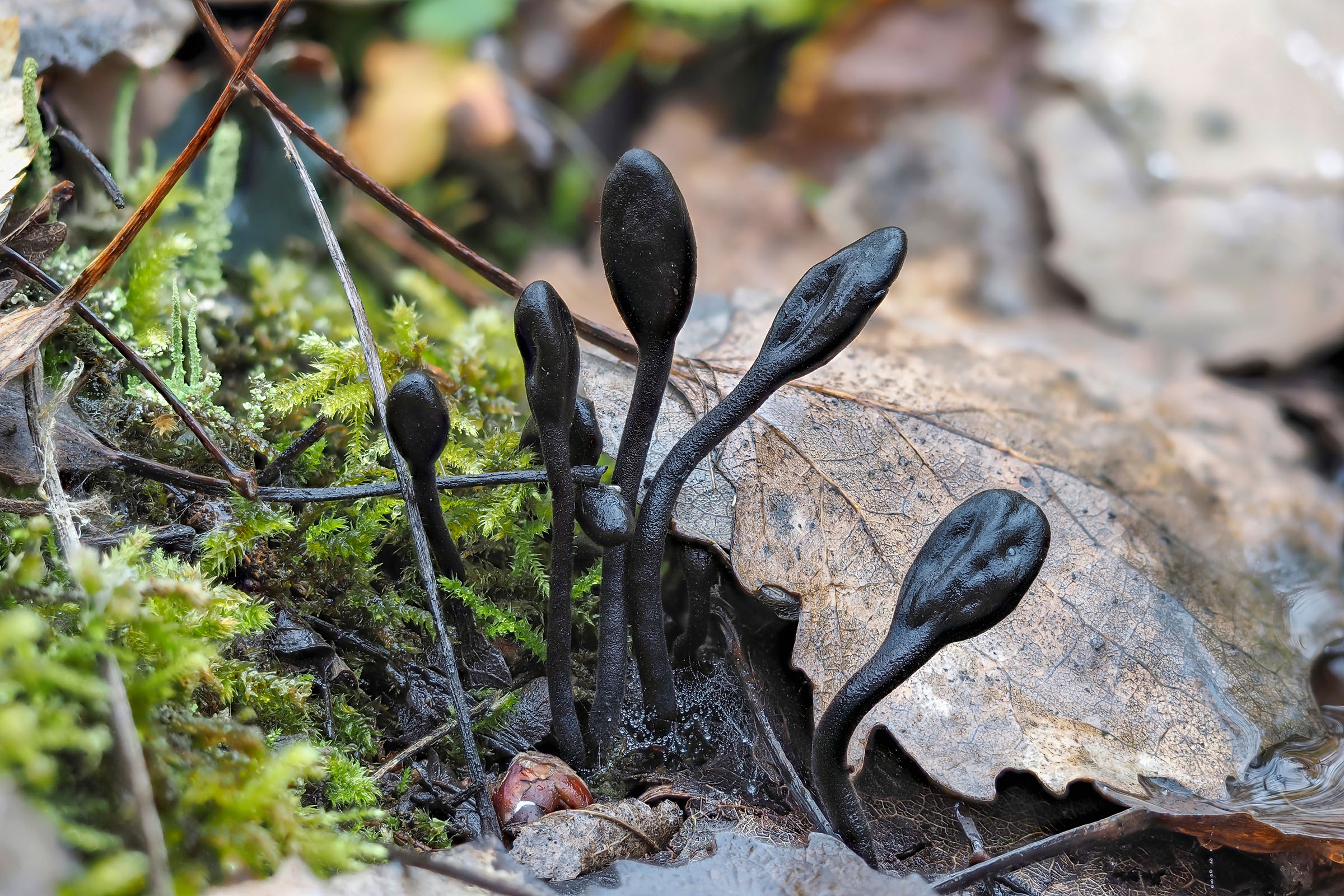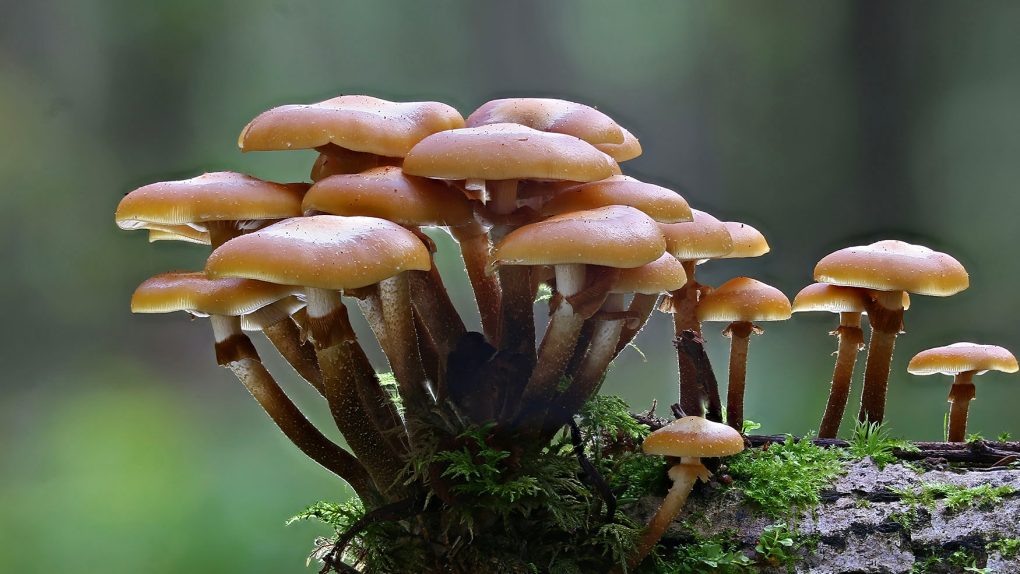Fungi are intriguing organisms. Not only have we discovered radiation-hungry fungi and even zombie mushrooms that might help cure cancer, but we’ve also learned that fungi can communicate with each other in ways that we never realized.
According to a new paper featured in the journal Fungal Ecology, ectomycorrhizal fungi, which grow as capped stalks above the ground, also form massive networks of roots that stretch outward underground, allowing them to talk to each other.
Further, these fungi appear to communicate to each other for several reasons. They warn about approaching dangerous insects or disease, as well as coordinate how the fungi groups grow, allowing them to grow according to a determined plan that will help them all acquire the most nutrients.
While we have known about the existence of these mycelial networks, the study of them has been difficult, and often limited to tests within laboratory setups. Now, though, a group of scientists have conducted a field study, gaining more evidence of how fungi communication occurs.

The findings also showcase that the fungi seem to communicate more intensely just after fresh rain showers. To study the communications, the group attached electrodes to six mushrooms in a cluster. They then measured the electrical signals that passed between the mushrooms, finding that they fluctuated over time.
However, they discovered that the signals spiked after rainfall, leading them to believe that the fungi communicate more intensely after fresh rain has fallen. The signals were also much stronger between mushrooms that were closer together.
Future studies like this could help scientists better investigate the electrical communication between fungi in real-world locations. It could also help us better understand these intriguing organisms, which have so many different types throughout our world.
Understanding fungi, and even how fungi communicate is important because these organisms play a critical role in the ecological systems that rule many forests and woodlands.








